Ha Long currently has many archaeological relics that are considered undiscovered and very valuable resources of the ethnic communities living and working in the city, contributing to creating momentum for local socio-economic development.
The city has a total of 96 relics, including 1 special national relic, 6 national relics, 16 provincial relics and 73 relics that have been inventoried and classified.
Among them, 7 relics have been classified as archaeological relics, including: Hon Hai - Co Tien archaeological relic, Cai Dam archaeological relic, Cot 8 archaeological site, Cot 8 flower garden archaeological site, Tuan Chau relic, Xich Tho relic and Lang Bang relic.
However, according to Mr. Do Quyet Tien, Director of Quang Ninh Museum, if only the 7 relics mentioned above are considered archaeological relics, this classification is not comprehensive and does not fully assess the reserves and potential of this type of archaeological relic in the city.
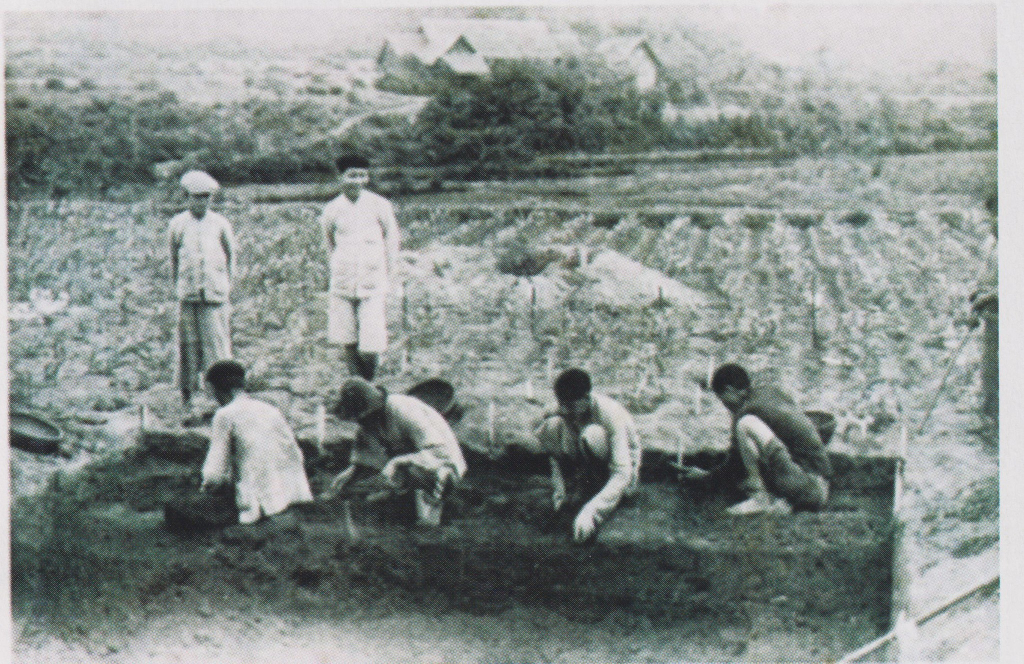
Dong Mang archaeological site (Gieng Day ward) excavated in 1938. Photo: Quang Ninh Museum.
According to research, survey and statistics of Quang Ninh Museum, currently in Ha Long City there are up to 28 archaeological relic sites.
In addition to the 7 relics mentioned above, there are other relics such as: Man Mountain scenic spot in Thong Nhat commune, Dong Lam commune and Hoanh Bo ward; Ham Long pagoda, Bo Dai pagoda (in Dai Yen ward); Van Yen (Van Thanh) pagoda in Viet Hung ward; Dong Chua communal house and temple in Vu Oai commune; Thuy Liem pagoda in Dong Lam commune; Ha Long Bay scenic spot; Dong Mang relic, Gieng Day ward...
In particular, in Thong Nhat commune there are many relics, such as: Lang Bang Communal House, Ba Van Pagoda, Quyt Pagoda, Xich Tho relic, Lang Bang relic, Bang wharf, Gao Rang wharf and Thanh Mau temple.

Ceramic and glazed pottery relics at Ben Gao Rang site, Thong Nhat commune, Ha Long city (Quang Ninh province). Photo: Quang Ninh Museum.
In Son Duong commune, Ha Long city (Quang Ninh province), there are also many archaeological relics, such as: Thanh Van pagoda in Son Duong commune, Ha Lung cave, Van Phong communal house, Vuon Ram communal house and Dong Dang communal house.
Preliminary archaeological surveys in Ha Long show that ten thousand years ago, ancient Vietnamese people lived on this land.
The earliest traces of humans were found in many rocky caves in the Giap Khau area of Ha Khanh ward, Dong Mang area of Gieng Day ward, Tuan Chau island, and Coc 8 area.
In particular, there are many traces of ancient Vietnamese habitation in Ha Long Bay in caves, such as: Trong Cave, Oc Cave, Bo Nong Cave, Bo Quoc Cave, Thien Long Cave, Me Cung Cave, and Tien Ong Cave.
Or in some caves of Dong Dang and Ha Lung in Son Duong commune, there are also traces of ancient humans.
These are archaeological sites classified by scientists into two periods: Soi Nhu Culture and Ha Long Culture. They are vivid evidence for the argument that prehistoric humans have lived in Ha Long very early.

Artifacts found during archaeological excavations at Hon Hai Co Tien relic, Bach Dang ward, Ha Long city (Quang Ninh province). Photo: Quang Ninh Museum.
Besides the archaeological relics with traces of ancient Vietnamese people, Ha Long's underground also contains many layers of sediments affirming the position and role of this land as a gateway to ancient Dai Viet.
The archaeological relics discovered date back to the Tran Dynasty, the Le Trung Hung Dynasty and the Nguyen Dynasty. Among them, the typical relics related to the Tran Dynasty include: Lang Bang Communal House, Van Phong Pagoda, Ba Van Pagoda, Bang Wharf, Gao Rang Wharf, Dam Gao Wharf, Thuy Liem Pagoda...
The stone foundation system at Bang Pagoda and Ba Van Pagoda has very sophisticated Tran Dynasty decorative architecture. Square bricks decorated with lotus and peony flowers found in the Xich Tho area and Gao Rang wharf allow us to infer that this place could have been a large palace of the Tran Dynasty royal family.
However, through historical changes, many relics remain only in ruins. Some constructions were built spontaneously, without scientific basis, making it very difficult to identify the scale, structure, nature and value of the relics.
Therefore, investigation, survey, excavation and evaluation of relics are urgent scientific tasks to help delimit, protect, restore and promote the value of cultural heritage.
According to Mr. Do Quyet Tien, archaeological relics in Ha Long have confirmed the great potential of archaeological resources. Promoting the strengths of this resource is an important resource for the development of science, culture and tourism in the locality...
Source: https://danviet.vn/dao-khao-co-o-tp-ha-long-phat-lo-la-liet-hien-vat-co-co-mui-giao-bang-dong-co-ca-luoi-cau-dong-20241021093214467.htm








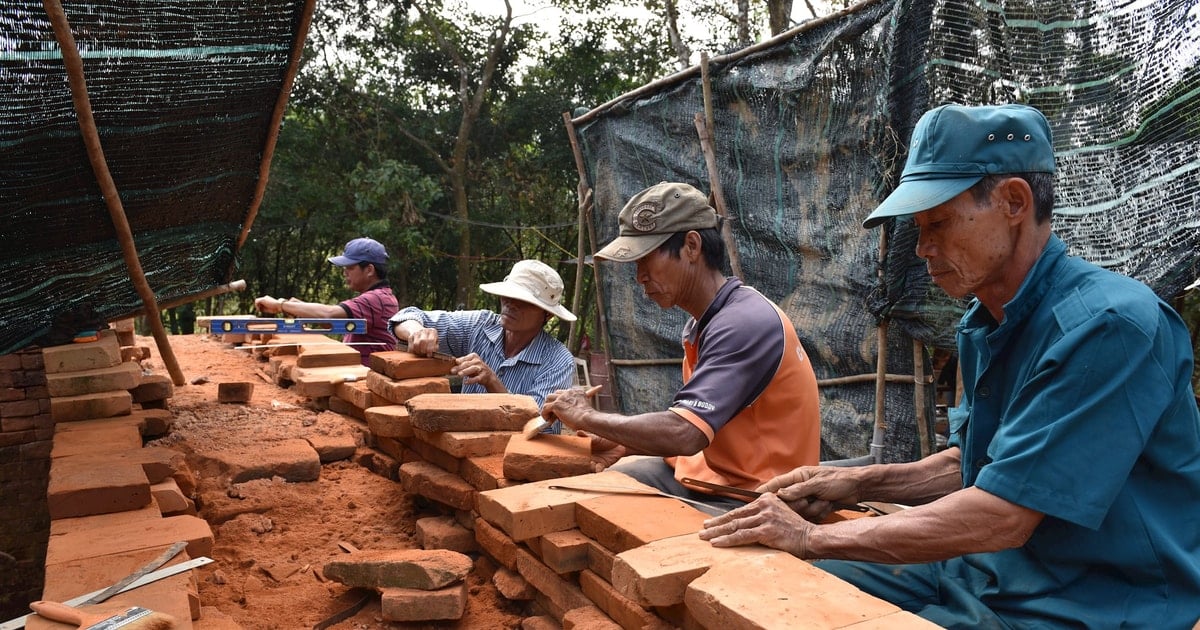


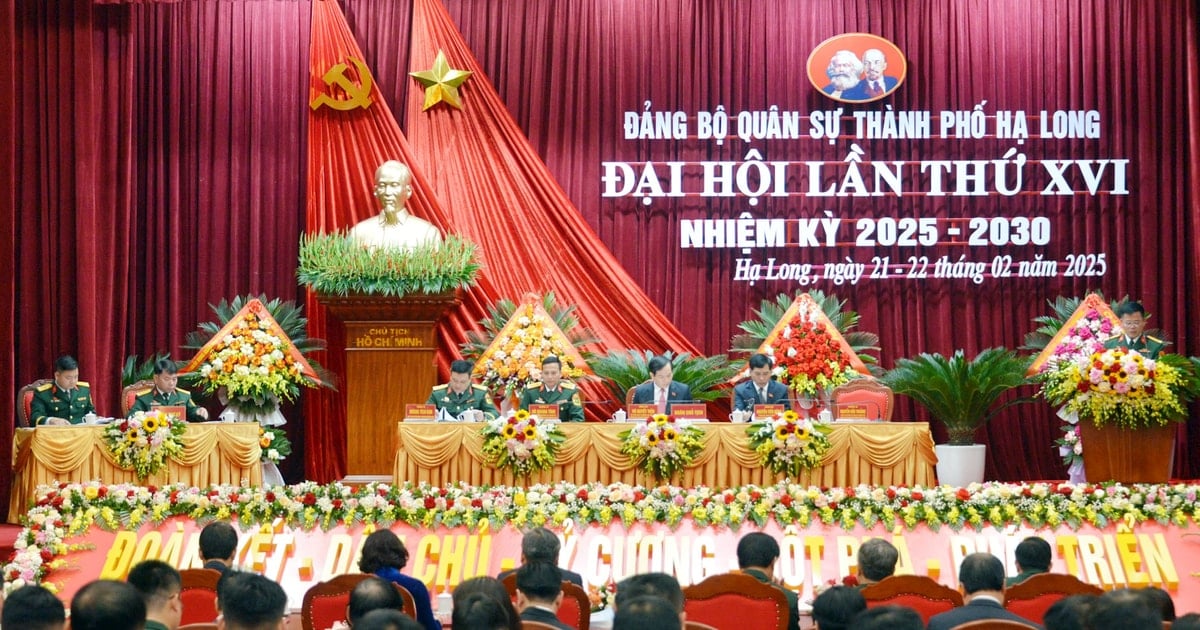



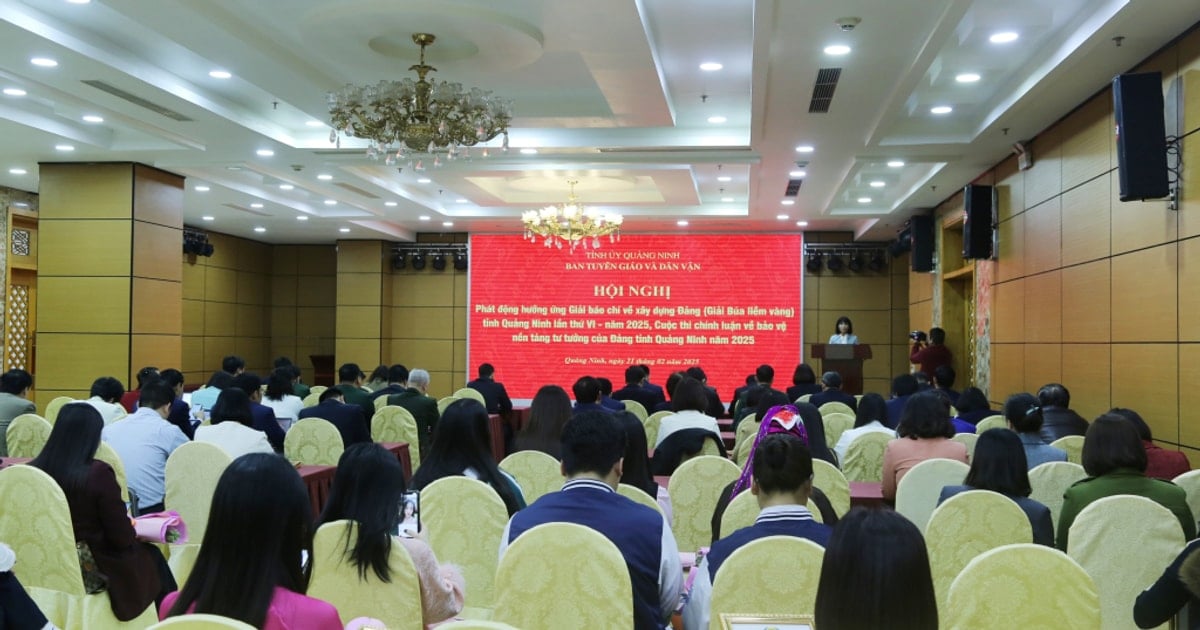
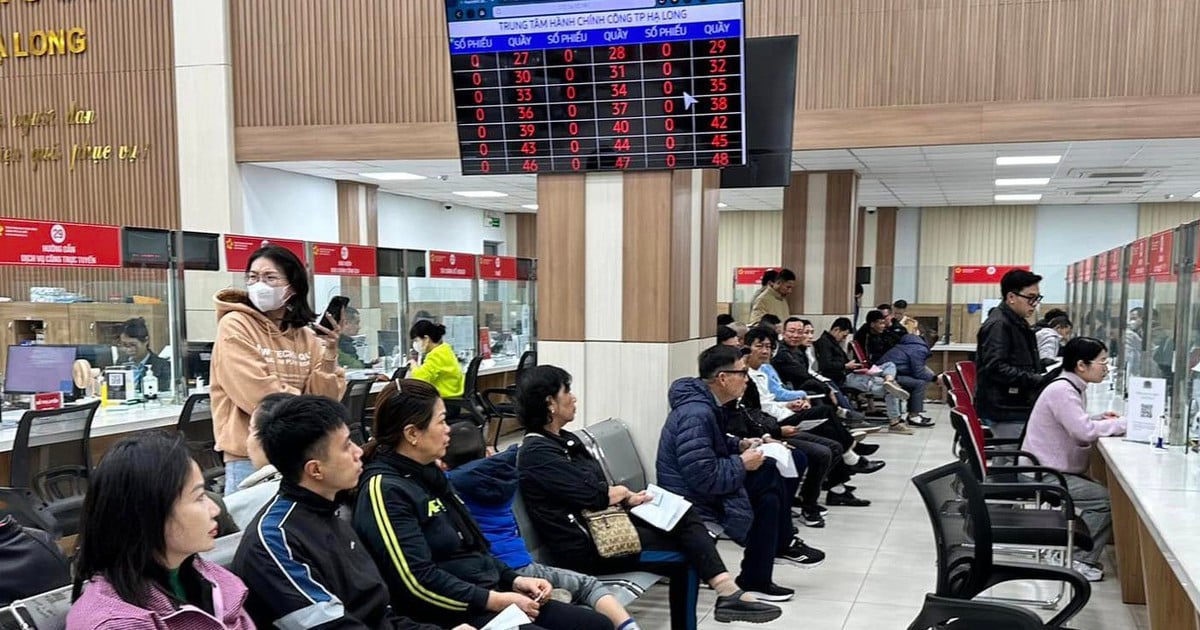

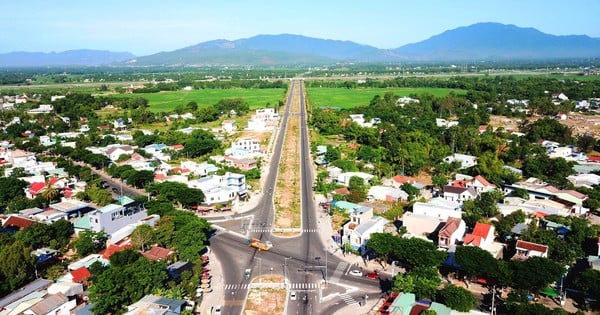
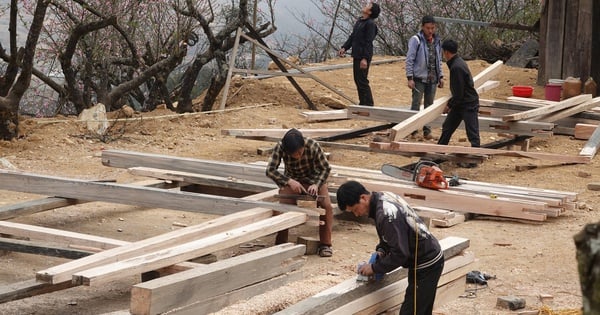
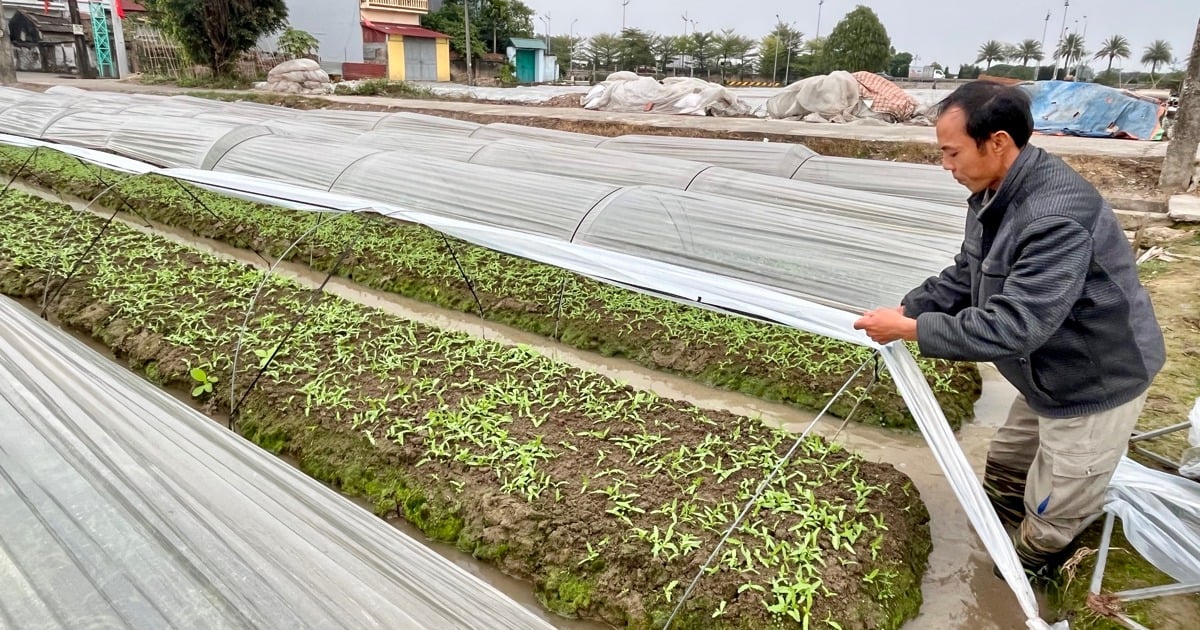

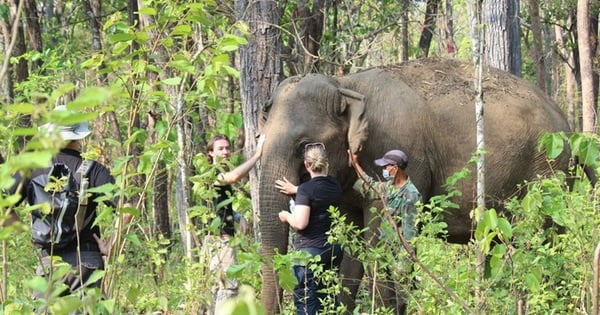
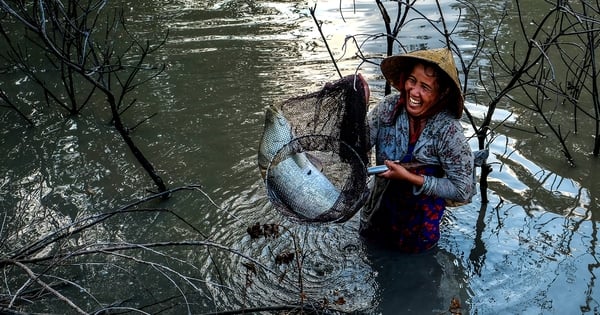
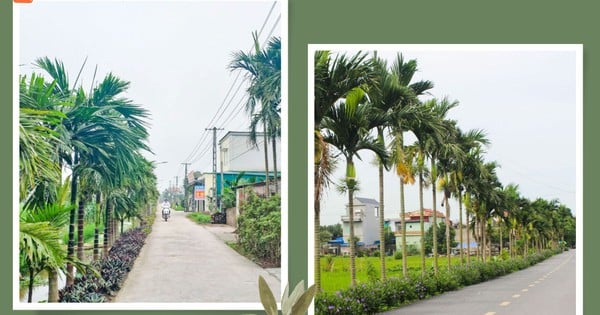
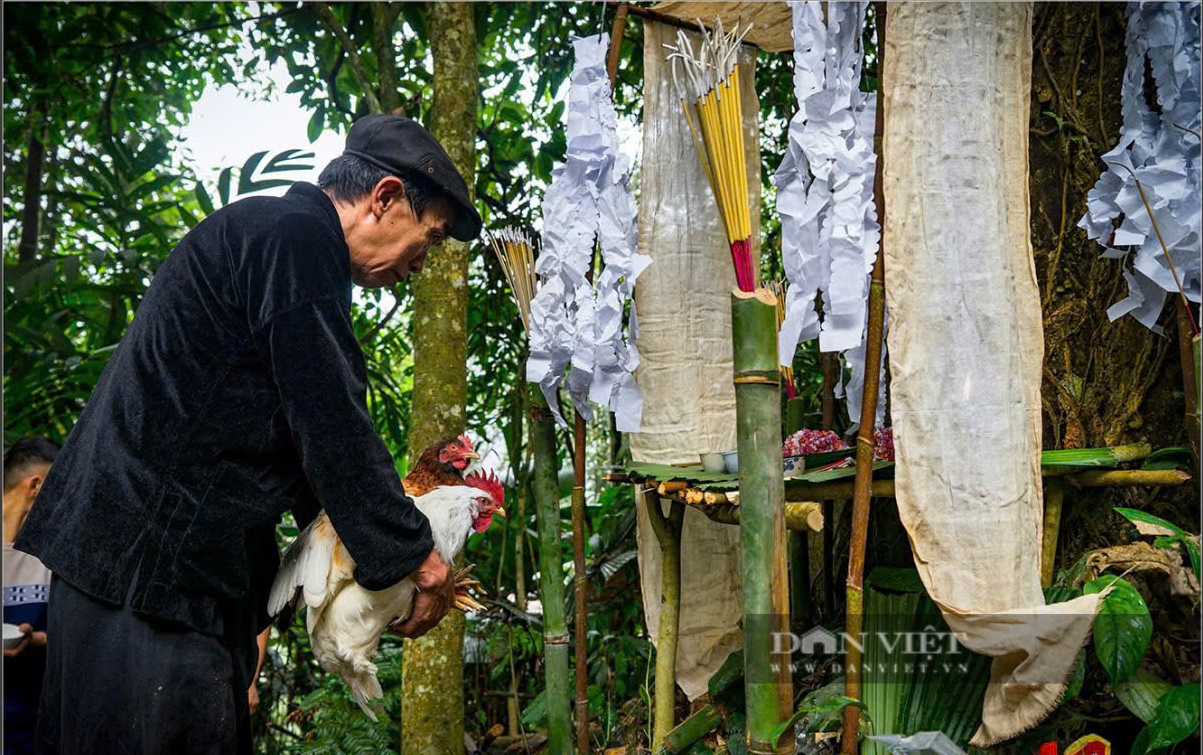











Comment (0)